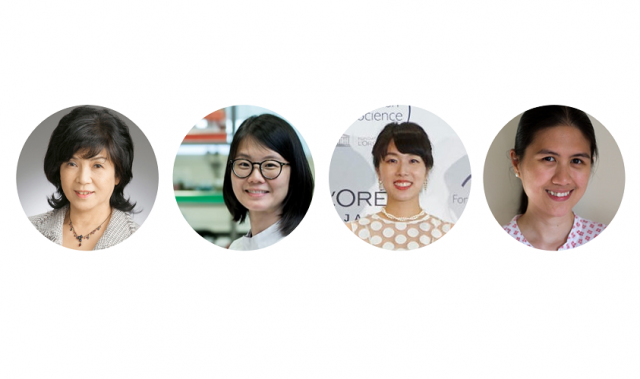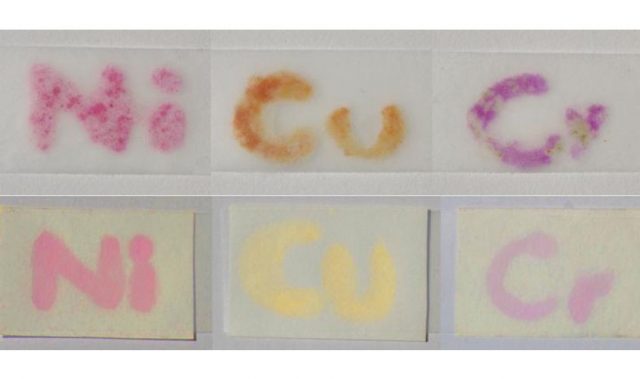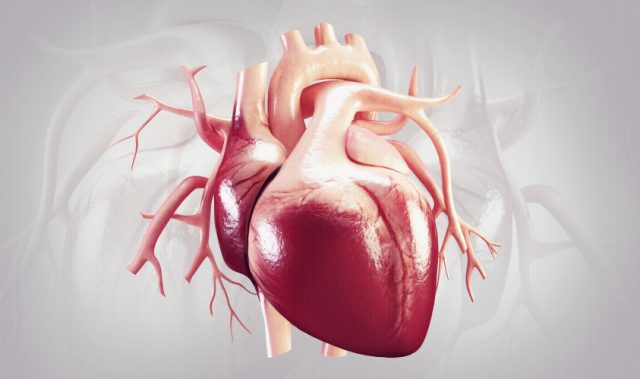
AsianScientist (Mar. 31, 2015) – Physicists inspired by the radical shape of a Canberra building have created a new type of material which enables scientists to put a perfect bend in light. Their results have been published in Physical Review Letters.
The creation of a so-called topological insulator could transform the telecommunications industry’s drive to build an improved computer chip using light. Topological insulators have been developed for electronics and the possibility of building an optical counterpart is attracting a lot of attention.
Leader of the team, Professor Yuri Kivshar from The Australian National University (ANU) said the revolutionary material might also be useful in microscopes, antenna design and even quantum computers.
“There has been a hunt for similar materials in photonics based on large complicated structures,” said Kivshar, who is the head of the Nonlinear Physics Centre in ANU Research School of Physics and Engineering.
“Instead we used a simple, small-scale zigzag structure to create a prototype of these novel materials with amazing properties.”
The structure was inspired by the Nishi building near ANU, which consists of rows of offset zigzag walls. The original zigzag structure of the material was suggested in the team’s earlier collaboration with Dr. Alexander Poddubny, from Ioffe Institute in Russia, said PhD student Alexey Slobozhanyuk.
“The zigzag structure creates a coupling throughout the material that prevents light from travelling through its center,” Mr. Slobozhanyuk said.
“Instead light is channeled to the edges of the material, where it becomes completely localized by means of a kind of quantum entanglement known as topological order.”
Fellow researcher Dr. Andrey Miroshnichenko said the building inspired the researchers to think of multiple zigzags.
“We had been searching for a new topology and one day I looked at the building and a bell went off in my brain,” said Miroshnichenko.
“On the edges of such a material the light should travel completely unhindered, surfing around irregularities that would normally scatter the light. These materials will allow light to be bent around corners with no loss of signal,” he said.
The team showed that the exceptional attributes of the material are related to its structure, or topology, and not to the molecules it is made from.
“In our experiment we used an array of ceramic spheres, although the initial theoretical model used metallic subwavelength particles,” said Miroshnichenko. “Even though they are very different materials they gave the same result.”
In contrast with other international groups attempting to create topological insulators with large scale structures, the team used spheres that were smaller than the wavelength of the microwaves in their successful experiments.
Slobozhanyuk said the team could control which parts of the material surface the light is channeled to by changing the polarization of the light.
“This opens possibilities ranging from nanoscale light sources for enhancing microscopes, highly efficient antennas or even quantum computing,” he said. “The structure couples the two sides of the material, so they could be used as entangled qubits for quantum computing.”
The article can be found at: Slobozhanyuk et al. (2015) Subwavelength Topological Edge States in Optically Resonant Dielectric Structures.
—–
Source: Australian National University.
Disclaimer: This article does not necessarily reflect the views of AsianScientist or its staff.











